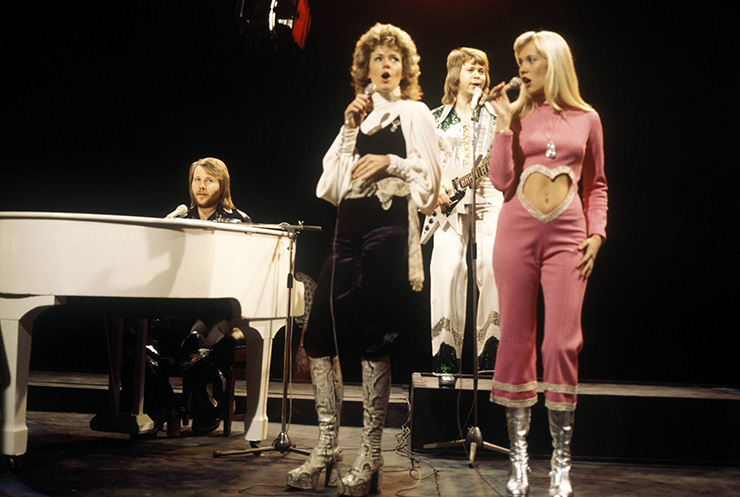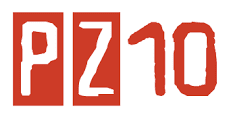
As The Ed Sullivan Show was to the US, or Der Musikladen (follow-up to Beat-Club) was to Germany, so Top Of The Pops was to the UK: a beloved institution that supported homegrown talent, but which also became the go-to destination for overseas acts looking to get all-important exposure on foreign shores.
Launching in 1964, the show gave important early-career screen time to British acts the likes of Status Quo (“Pictures Of Matchstick Men”), Small Faces (“All Or Nothing”), and Spencer Davis Group (“Keep On Running”), but it was quick to support the equally compelling music coming out of the US. The Beach Boys might not have been able to appear in the television studio themselves, but Top Of The Pops happily aired a promo clip of the band four times across November and December 1966 – a practice the show would continue throughout its history when bands were unable to turn up in person. The show also gave crucial slots to Motown in the years when Berry Gordy’s label was starting to establish itself as a global powerhouse. The Supremes and Stevie Wonder both helped Britain fall for Motor City soul in the 60s, kick-starting a love affair that would last into the next decade and beyond, as further Motown stars such as Gladys Knight And The Pips and a solo Diana Ross would treat the show as a home away from home.
Having established a transatlantic connection, the 70s was when Top Of The Pops became a truly global brand. In a decade that has more than its fair share of variety – everything from punk to glam, hip-hop, reggae and high-octane rock’n’roll made it into the charts – it’s also remarkable how many overseas acts made the pilgrimage to BBC Television Centre, knowing that the show’s audience of up to 19 million couldn’t be found anywhere else. Having dropped by to perform his classic reggae hit “The Israelites” in 1969, Jamaican star Desmond Dekker returned in 1970, performing “You Can Get It”; as the decade came to a close, Australian hard rock icons AC/DC were on hand to deliver some ear-splitting “powerage.” Swedish pop icons ABBA made several appearances through the 70s, introducing classics such as “Mamma Mia,” “Waterloo,” and “Fernando” to the UK.
And so a pattern was set. In the decades that followed, every style of music was represented, and acts came from all over the world to add the iconic TV show to their list of successes. So important was the show that even the most established stars came back throughout their career, with Queen appearing in 1982, almost a decade after releasing their debut album, Queen II, to perform “Las Palabras De Amor (The Words Of Love)” on 17 June 1982.
A glance at the list of luminaries that appeared on Top Of The Pops also traces the changing cultural zeitgeist throughout the years. American alt.rock began to make its first tentative forays into the mainstream when R.E.M. turned up to perform “Orange Crush,” in a decade that saw shimmering UK pop (in the shape of The La’s’ “There She Goes,” first released in 1988) nestle with globe-straddling synth-pop courtesy of Soft Cell (“Tainted Love”), The Human League (“Don’t You Want Me”), and Duran Duran (“Girls On Film”). And that’s just the 80s. Fast-forward to the 90s and you’ll witness the battle for dominance between Blur and Oasis also form part of a wider transatlantic face-off between UK Britpop and the US grunge scene. Add in the show’s dedication to promoting some of the more memorable promo clips by the likes of Underworld and Kelis, and it becomes clear to see why the 90s is remembered as a uniquely postmodern decade.
source https://www.udiscovermusic.com/stories/when-top-of-the-pops-was-top-of-the-world/

